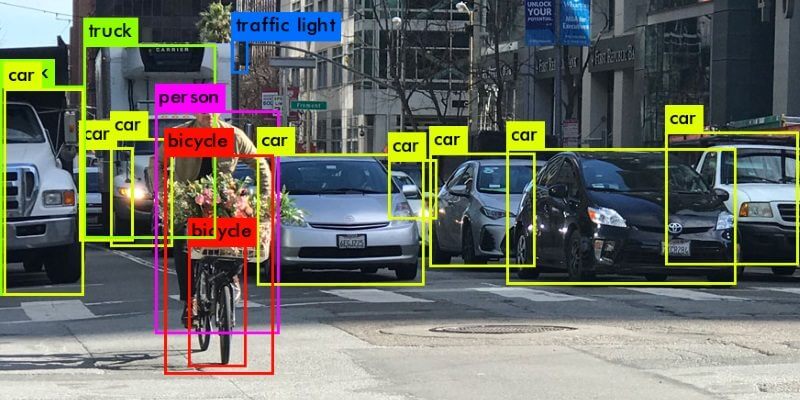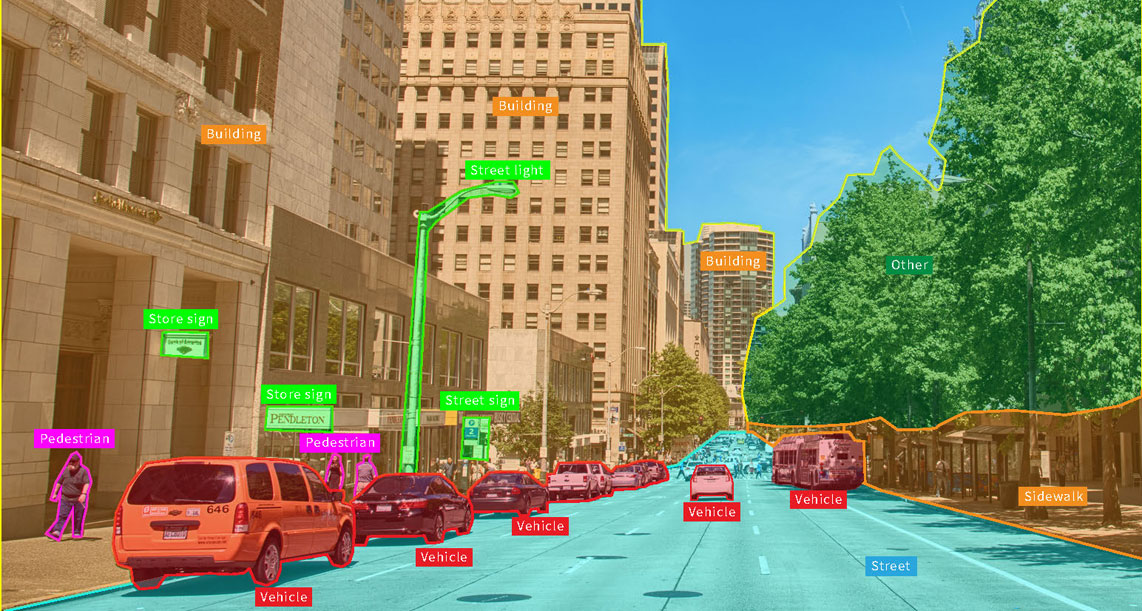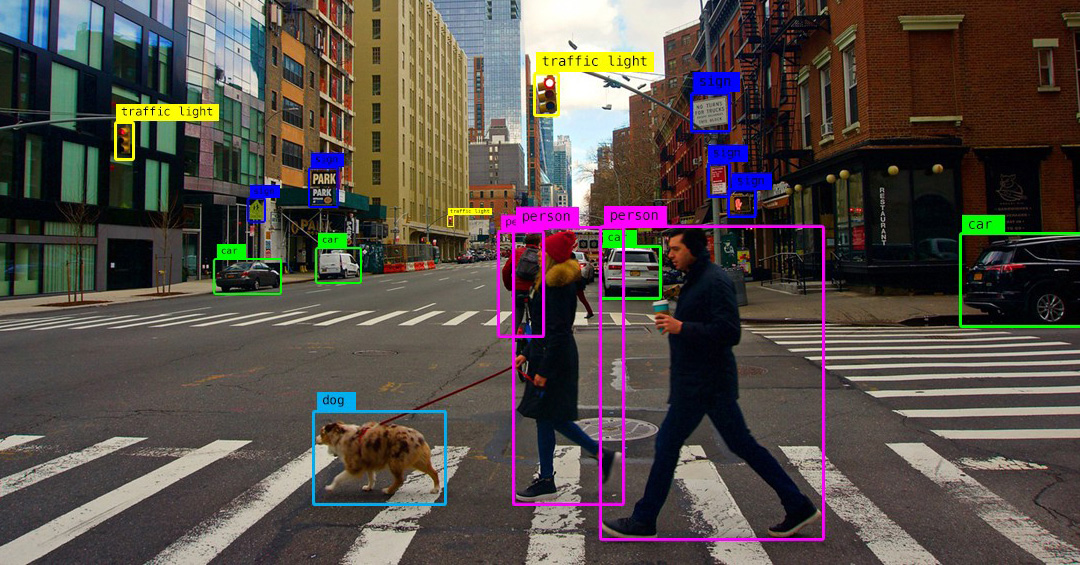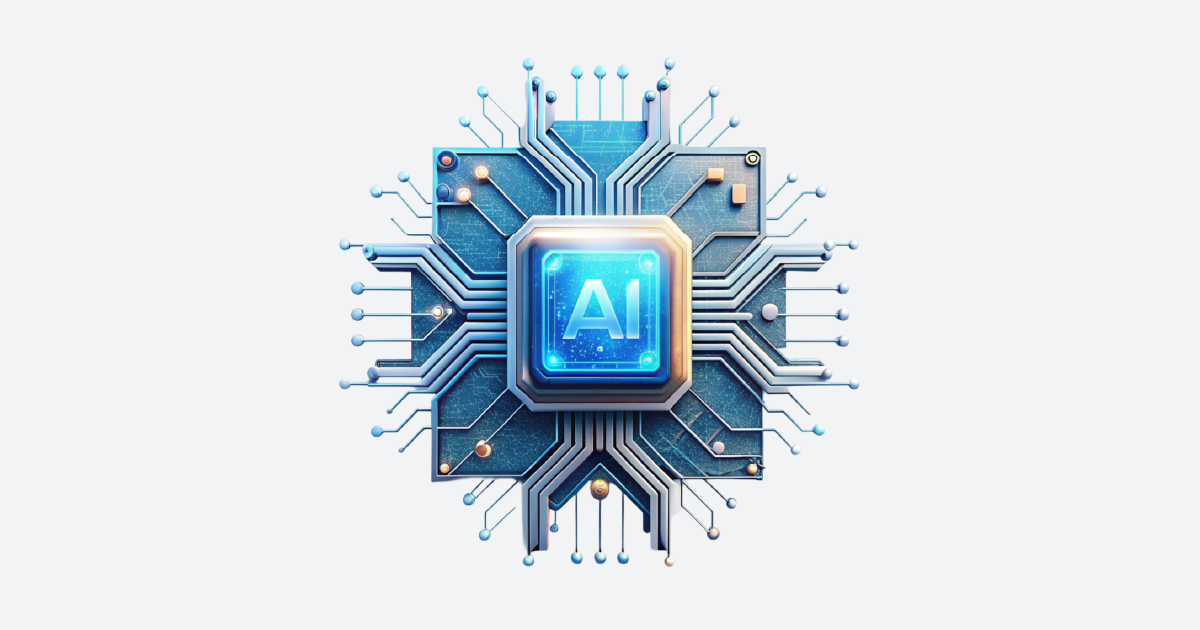In recent years, the field of artificial intelligence (AI) has witnessed remarkable advancements, and one of the most groundbreaking applications is AI visual recognition. This technology has revolutionized the way we see and understand the world around us. By leveraging powerful algorithms and deep learning models, AI visual recognition systems can analyze and interpret visual data, opening up a plethora of possibilities across various industries. In this article, we will explore the concept of AI visual recognition, its evolution, applications, benefits, challenges, and the future it holds.
Understanding AI Visual Recognition

AI visual recognition refers to the capability of AI systems to analyze and interpret visual data, such as images and videos. By mimicking human visual perception, these systems can recognize objects, identify patterns, and extract meaningful information from visual inputs. This field encompasses a wide range of techniques, including object detection, facial recognition, image captioning, and more. AI visual recognition systems rely on deep learning algorithms, particularly convolutional neural networks (CNNs), to learn from vast amounts of labeled data and make accurate predictions.
The Evolution of AI Visual Recognition
The journey of AI visual recognition can be traced back to the early days of computer vision research. Initially, computer vision algorithms were based on handcrafted features and rule-based approaches, which had limited effectiveness. However, with the advent of deep learning, the field witnessed a paradigm shift. Convolutional neural networks revolutionized AI visual detection by enabling the automatic extraction of relevant features from raw visual data. This breakthrough allowed for more accurate and efficient recognition tasks.
Applications of AI Visual Detection
Object Detection and Classification
Object detection and classification are fundamental tasks in AI visual detection. AI systems can accurately detect and classify objects within images or videos, enabling various applications such as autonomous driving, surveillance systems, and inventory management. By leveraging deep learning models, these systems can achieve remarkable accuracy and speed in identifying and categorizing objects.
Facial Recognition
Facial recognition is another significant application of AI image recognition. This technology can analyze facial features and match them against a database of known individuals, enabling identity verification and access control. Facial recognition has found applications in law enforcement, security systems, and personalized user experiences, but it also raises concerns related to privacy and potential misuse.
Image Captioning
AI visual detection has made significant strides in the field of image captioning. By combining computer vision and natural language processing, AI systems can generate textual descriptions of images, providing valuable insights for visually impaired individuals and enhancing image search capabilities.
Medical Imaging
AI visual detection has shown immense potential in medical imaging. By analyzing medical images such as X-rays, MRIs, and CT scans, AI systems can assist healthcare professionals in diagnosing diseases, detecting anomalies, and recommending treatment plans. This technology has the potential to improve accuracy and speed in medical diagnostics, leading to better patient outcomes.
Autonomous Vehicles
The development of AI visual detection has been instrumental in the advancement of autonomous vehicles. By leveraging cameras and sensors, AI systems can perceive and understand the surrounding environment, enabling vehicles to navigate safely, detect obstacles, and make real-time decisions. This technology has the potential to revolutionize transportation and make our roads safer.
Benefits and Advancements in Computer Vision Image Recognition

Enhanced Accuracy and Efficiency
AI visual recognition systems have surpassed human capabilities in certain recognition tasks, achieving higher accuracy and efficiency. These systems can process vast amounts of visual data quickly, enabling automation and reducing human error. Industries such as manufacturing, quality control, and retail can benefit from improved accuracy and efficiency in visual inspections and product recognition.
Improved Safety and Security
Computer vision image recognition plays a vital role in enhancing safety and security. Facial recognition systems can be used to identify individuals in real time, aiding in law enforcement and surveillance. Object detection can help detect potential threats or anomalies in public spaces, airports, and critical infrastructure. By providing early warnings and alerts, AI visual recognition contributes to the overall safety and security of society.
Personalized User Experiences
With AI visual detection, personalized user experiences have become more prevalent. E-commerce platforms can recommend products based on users’ visual preferences and past interactions. Social media platforms can automatically tag individuals in photos, making it easier to share and connect. AI visual recognition has the potential to transform how users interact with technology, tailoring experiences to their individual needs and preferences.
Real-time Decision Making
AI visual recognition enables real-time decision-making in various domains. For example, in autonomous vehicles, AI systems can analyze and interpret visual cues to make split-second decisions for safe navigation. In manufacturing, AI visual recognition can identify defects and trigger immediate actions, reducing downtime and improving productivity. Real-time decision-making powered by AI visual recognition has the potential to optimize operations across industries.
Challenges and Ethical Considerations
While AI visual detection offers immense potential, it also comes with challenges and ethical considerations that need to be addressed.
Bias in AI Visual Recognition
AI systems can inadvertently inherit biases present in the training data. This can lead to unfair or discriminatory outcomes, especially in facial recognition systems. It is crucial to address bias in AI visual recognition algorithms to ensure fairness and avoid perpetuating societal inequalities.
Privacy Concerns
The widespread adoption of AI visual recognition raises privacy concerns. Facial recognition systems, for instance, can infringe upon individuals’ privacy rights if not implemented responsibly. Appropriate regulations and safeguards must be in place to protect individuals’ privacy and prevent misuse of visual data.
Data Security
AI visual detection heavily relies on large volumes of data, including personal images and videos. Ensuring the security of this data is paramount. Robust data protection measures, secure storage, and encryption protocols must be implemented to safeguard sensitive visual data from unauthorized access or breaches.
The Future of AI Image Recognition
The future of AI visual recognition holds tremendous potential. Advancements in deep learning, computer vision, and hardware technologies will continue to drive innovation in this field. We can expect even higher accuracy, real-time performance, and broader applications of AI visual detection in areas such as augmented reality, robotics, and healthcare. However, ethical considerations and responsible implementation will remain crucial as we navigate the evolving landscape of AI visual recognition.
Case Study: Transforming Retail with AI Visual Recognition Technology
A large multinational retail company was facing some main challenges for being in this industry. Including large volumes of inventory, increasing consumer expectations for personalized experiences, and a need for more efficient supply chain and inventory management. To manage all these challenges the company depended on an AI visual recognition system. To be able to reduce human errors, and provide better shopping experiences to its customers.
The Integration of AI Visual Recognition
The company applied the visual recognition system to different factors.
- Inventory Management and Stock Monitoring
The traditional method for inventory management depended on manual scanning by employees. Which was time-consuming and included many human errors across the process. So the company integrated an AI scanning system camera, to be able to monitor the stock in the store or warehouse. With this technology, the company was able to know when the stock stock level was low. To be able to restock the products, and reduce the time spent in manual checking.
- Visual Search and Personalized Recommendations
The company introduced a new AI visual recognition system to its app. To let the customer upload photos of a product, the app would recommend similar or alternative products for it. This visual search feature was used more in the fashion and home sections. As customers upload references the system suggests suitable matches for the images. To improve the user experience and suggest personalized products, to increase sales.
- In-Store Navigation and Customer Engagement
They used the visual recognition system also in the store. To help the customer find their searched products across the store. By asking the in-store assistant about the product’s locations. The system will provide guild directions for the place of the product inside the store. Also, this technology was able to detect the customer’s movements and purchasing behaviors in the store. To be able to make special offers and sales that match the customer’s preferences.
- Loss Prevention and Security
The AI visual recognition also played an important role in improving the security. Through detecting the suspect’s movements, and unusual movements in the store. To be able to decrease the theft activities in real-time. By analyzing the customer’s behaviors inside the store, they were able to notify the security men.
Results and Benefits
AI visual recognition provides many benefits for the company across different aspects.
- Improved Efficiency and Cost Savings
The automation of stock scanning improved the inventory management process. Leading to saving time for the employees for more significant tasks, than the manual scanning. Also, it reduces the labor costs for this task.
- Enhanced Customer Experience
The ability to personalized product recommendations for the customers improved their shopping experience. As the customers were able to find the products they were looking for faster. Leding to increase the customer’s satisfaction and loyalty to the company.
- Increased Sales
The personalized product recommendations and offers encourage customers to make purchases. As they were finding related and customized offers for them. Which led to increase in both online and offline sales.
Conclusion
In conclusion, AI visual recognition is reshaping industries and unlocking new possibilities in the world of visual data analysis. To experience the power of AI visual detection firsthand, request a demo from AIM Technologies today. Witness how our cutting-edge technology can enhance your business operations, improve safety measures, and provide personalized user experiences. Don’t miss out on the opportunity to harness the potential of AI visual detection.
FAQs
How does AI visual detection work?
- AI visual detection systems leverage deep learning algorithms to analyze and interpret visual data. These systems learn from large amounts of labeled data to recognize objects, patterns, and facial features.
What are some real-world applications of AI visual detection?
- AI visual detection finds applications in object detection, facial recognition, image captioning, medical imaging, autonomous vehicles, and more.
Can AI visual detection systems be biased?
- Yes, AI visual detection systems can inherit biases from the training data, leading to unfair or discriminatory outcomes. Addressing bias is crucial for responsible implementation.
Is AI visual detection a threat to privacy?
- AI visual detection raises privacy concerns, especially in the context of facial recognition. Appropriate regulations and safeguards are necessary to protect individuals’ privacy rights.
What does the future hold for AI visual detection?
- The future of AI visual detection promises advancements in accuracy, real-time performance, and broader applications in augmented reality, robotics, and healthcare.




